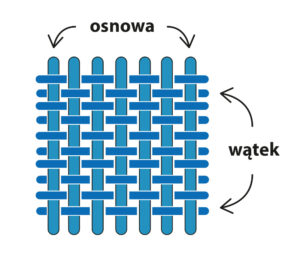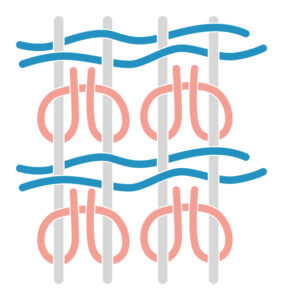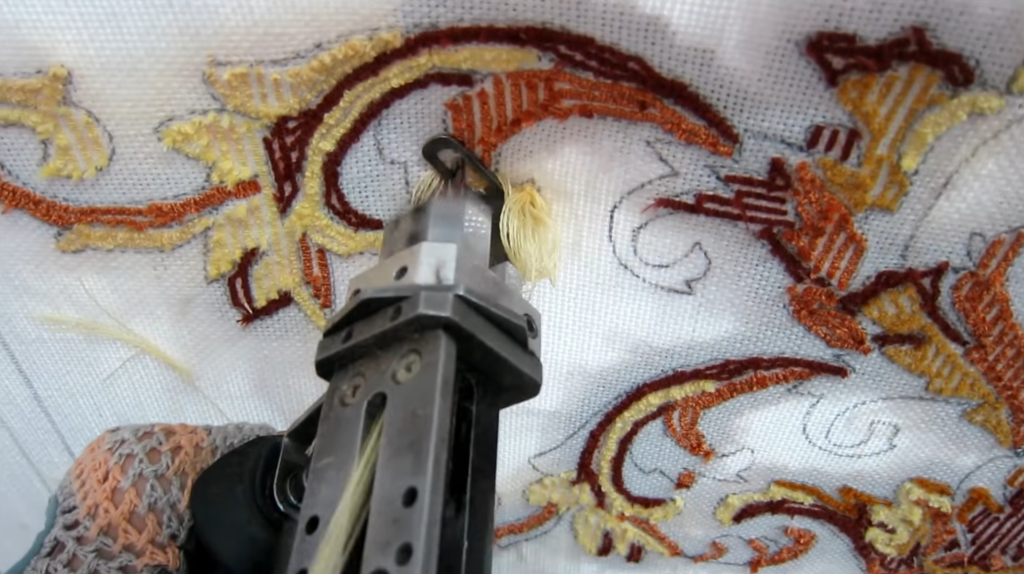How to choose a rug? Learn about weaving methods!
When arranging the interior, we look for appropriate accessories and often use a carpet.
When choosing it, we should take into account not only the decorative value, but also the purpose, functionality and quality, which are supported by various weaving methods. The history of the making of carpets is woven with unusual curiosities!
CARPETS HAND WOVEN are products of the highest quality, and their production is extremely time-consuming, which also translates into their price. There are several hand-weaving techniques for carpets: from the very traditional ones that guarantee the highest quality and durability of carpets, to hand-weaving with a needle - an invention of the XNUMXth century. In order not to be pulled over for buying a very expensive rug thanks to the magic slogan "hand-woven", it is worth asking the seller for details about the weaving method.
The most traditional and high-quality rug is the method KNITTING, or manual tying carpets. Understanding this method requires knowing the concept thread and warpthat is the vertical and transverse threads that make up the base of the carpet. Weaving begins by stretching the so-called threads on the vertical frames. warps which, as the carpet is made, are interwoven with knots and wefts.
Knot weaving (handknotted rugs) it consists in hand-making a huge number of knots tied on warp threads interlaced alternately (i.e. once over and under) with weft threads. In the most famous symmetric node, the yarn (marked with red color change! in fig. No. 2) is wrapped in a loop around two warp threads (light yellow color change color!). Between each row of knots there is one or more weft threads (marked in blue to change the color).
After making each knot (knot), the weaver cuts the thread, creating a so-called "Tufts" constituting the target fleece of carpets. The more noble (and therefore thin but durable) material we use to weave a carpet, the more stunningly detailed the pattern we get and the more densely we can tie the knots. Of course, the weaving density affects the quality of the carpet. The highest quality ones, made of the thinnest raw material, i.e. silk, have a density (i.e. the number of knots per 1 m2) of up to 2 million! For weaving carpets by this method, high-quality is also used wool and viscose yarn.
Weight from 150 thousand. knots / 1m2 proves the high quality of hand-knotted carpet. Knotted weaving gives unlimited design possibilities and allows you to manually cut patterns at different heights, which gives spectacular visual effects.
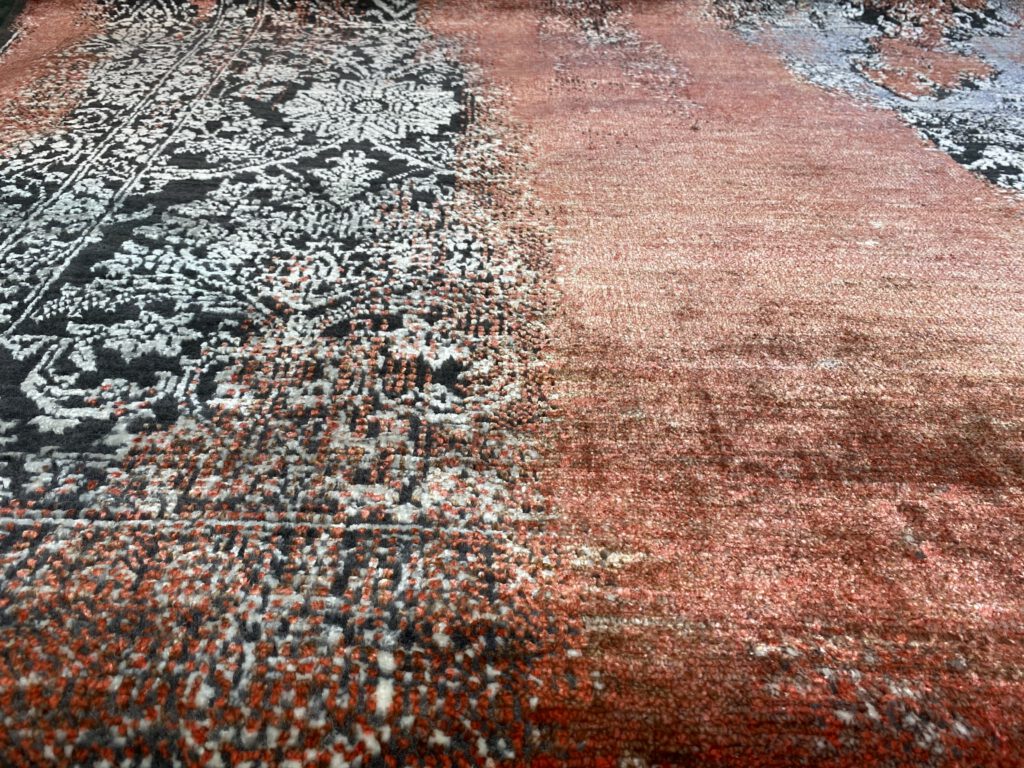
The most valuable carpets come from the cradle of traditional weaving - the areas of old Persia, and their production - depending on the size and complexity of the pattern - takes from several to several months.
Many hand-knotted Persian rugs are available in the Carpets & More range.
Find out more about this Persian rug here:
The method is equally known and more common today HAND WEAVING ON LOWERS (handloomed rugs) using the so-called pumps facilitating the extraction of the various texture of the carpet. The use of this method requires slightly less weaving skills compared to the knot method and is perfect for smooth carpets or patterns with a small color scale.
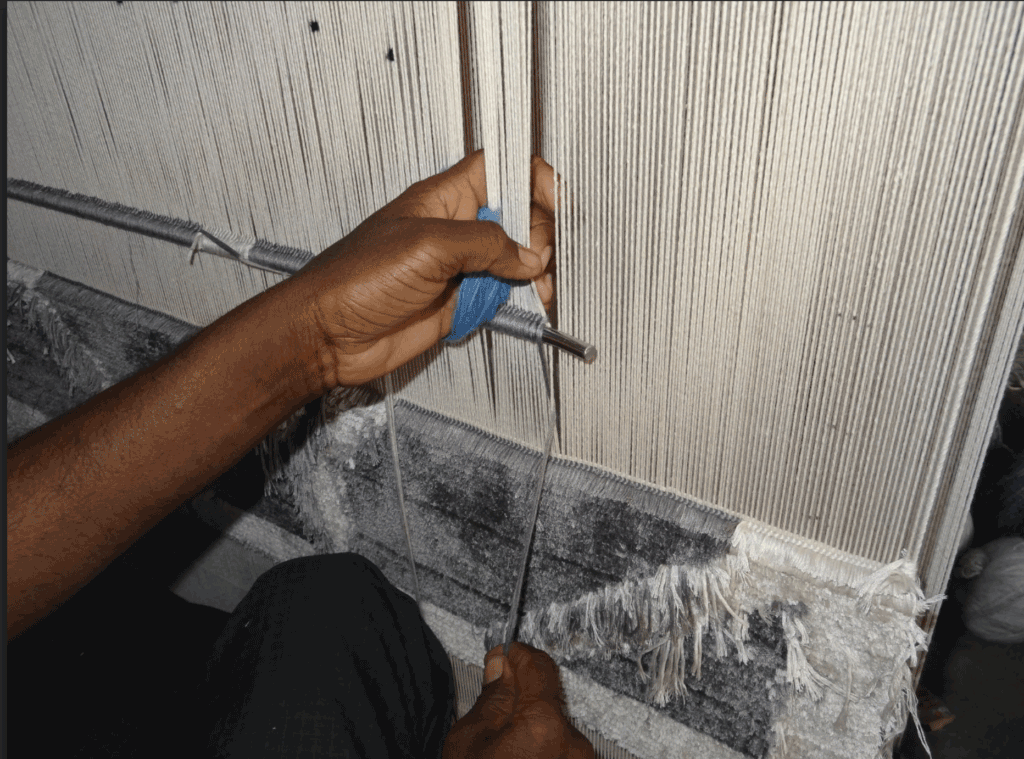
The last method of hand weaving is the so-called MANUAL TUFFLINGi.e. needling with a carpet weaving gun. This is the fastest method of manually creating a rug, allowing the weaver to "shoot" the yarn between the warp threads. After completing this process, it is necessary to trim the fibers at the appropriate height and glue the bottom of the carpet.
MACHINE WOVEN CARPETS
The oldest carpet found frozen in a block of ice comes from the territories of Armenia or Persia from around 400 BC. It was a response to the need to protect nomads from the cold, and at the same time was a decoration of tents. The basic functions of carpets have not changed until today, but the process of their creation has greatly evolved. The most valuable ones are still hand-knotted. In the XNUMXth century, as the industrial revolution gained momentum, the ancient looms were also automated and mass production of carpets began. The English were the first to introduce them in places such as Axminster and Wilton, where the best looms and types of carpets bearing the same names come from today.
Today's weaving machines are huge combines consisting of a thousand reels feeding the yarn to a giant mechanical loom weaving at a very high speed (approx. 1 carpet / h) the selected pattern of the carpet. At the same time, several dozen carpets are produced, which are then cut from the base and subjected to finishing.
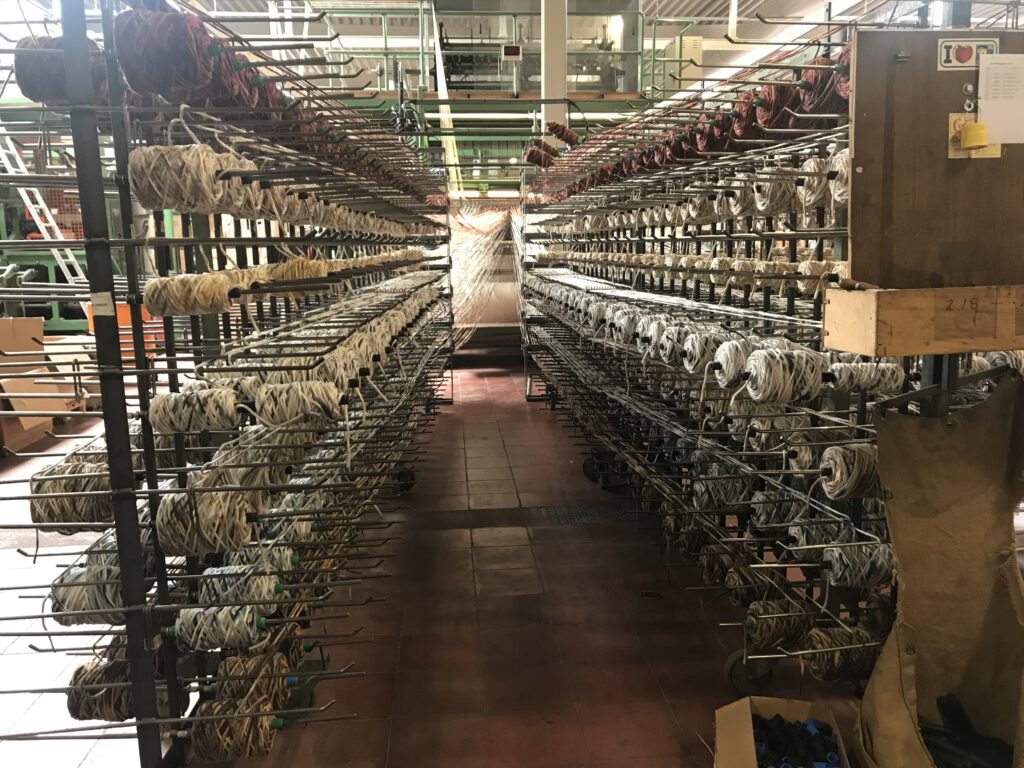
Machine-knitting carpets, however, has many limitations. It mainly concerns the details of patterns, the number of colors used and the size of the carpet. One of the most advanced machine weaving methods is the so-called flat weaving, reminiscent of fabrication for garments. Louis De Poortere is a pioneer in this field, with a history of over 150 years of weaving and the use of traditional Wilton looms.
The technology developed by Louis De Pootere allows for a very detailed pattern and the use of a significant number of yarn colors during one weaving process. The full range of Louis De Pootere carpets can be seen here:
You can see an interesting process of machine carpet weaving here:
FINISHING MACHINE WOVEN CARPETS
Machine weaving allows the introduction of many interesting methods of carpet refinement during production, allowing for spectacular visual effects. These include:
- Haircut - often at different heights to achieve a 3D effect on the carpet and a nice-to-the-touch texture
- Looping - a method of weaving that omits one of the last stages of carpet production, i.e. clipping
- Trimming - cutting thin strips from the fleece separating different yarn colors or different weaving techniques
- Carving - cutting out unusual shapes in the fleece, often in the form of plant motifs
- Flat weaving - production of cotton yarn carpets that allow for a detailed pattern, noble aging, velvety to the touch and a rug-resistant rug
- Stone decoration - permanent installation of Svarovský stones in order to obtain an intense shine of the carpet
- Raffia weaving - a method patented by the Louis De Pootere brand, consisting in weaving gold, silver or copper raffia threads into the structure of the carpet in order to obtain noble illumination.
HOW CAN I DIFFER A HAND WOVEN RUG FROM MACHINE WOVEN?
Many of us are familiar with the situation when, while traveling to exotic countries, as part of the purchased trip, we get a free presentation by the manufacturer or seller of carpets, accompanied by tasty oriental tea. After the show, we are encouraged to buy a carpet and we sometimes succumb to the sublime moment and the incentives "hand made, hand made, special price for You Mister" ... ☺
If the purchase concerns a small souvenir, e.g. a sidewalk from a trip - choose what we like and remember the holiday time fondly while being at home. If, however, you are considering buying a large carpet for the living room, it is better to think carefully about the actual needs and it is good to make sure that the "hand made" is definitely "hand made" and we will not overpay.
So how to distinguish a hand-woven rug from a much cheaper machine-woven one? It is very easy!
RUN EVALUATION
To evaluate the carpet, approach the handwriting analysis. If you compare the same sentence printed on the printer with your handwriting - it is clear that the handwriting will be much less perfect. It's the same with carpets! Even the most experienced weavers, who, one might say, "were born with weft and warp in their hands", are not able to perfectly reproduce the fine patterns on the carpet. A handwoven rug just has to be a bit 'imperfect' even if it is woven from silk like the example below. At first glance, the repetitive motifs are the same. However, if you look closely at them, you'll notice quite a few differences.

BOTTOM EVALUATION
A rug woven by hand using the knot method will also have a characteristic underside, i.e.
- the knots will be visible to the naked eye
- the knots will not be perfectly positioned (unlike machine-knotted rugs)
- the carpet will not have an additional base / lining
- very often (but not always) a hand-knotted rug will have fringes that are not sewn in, but a natural part of the rug.
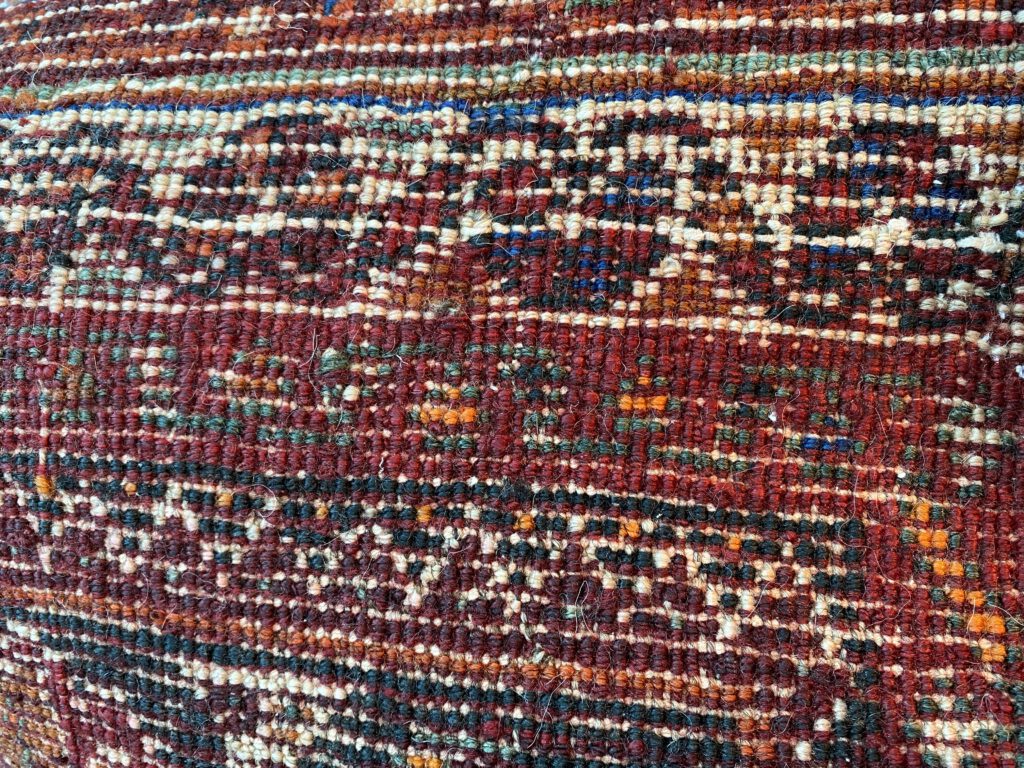
Simple isn't it?
We enjoy your shopping!
Design and copyright: CARPETS & MORE, Magdalena Świerlikowska

